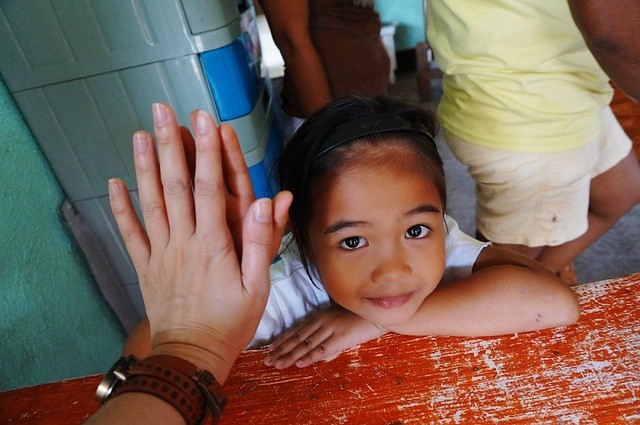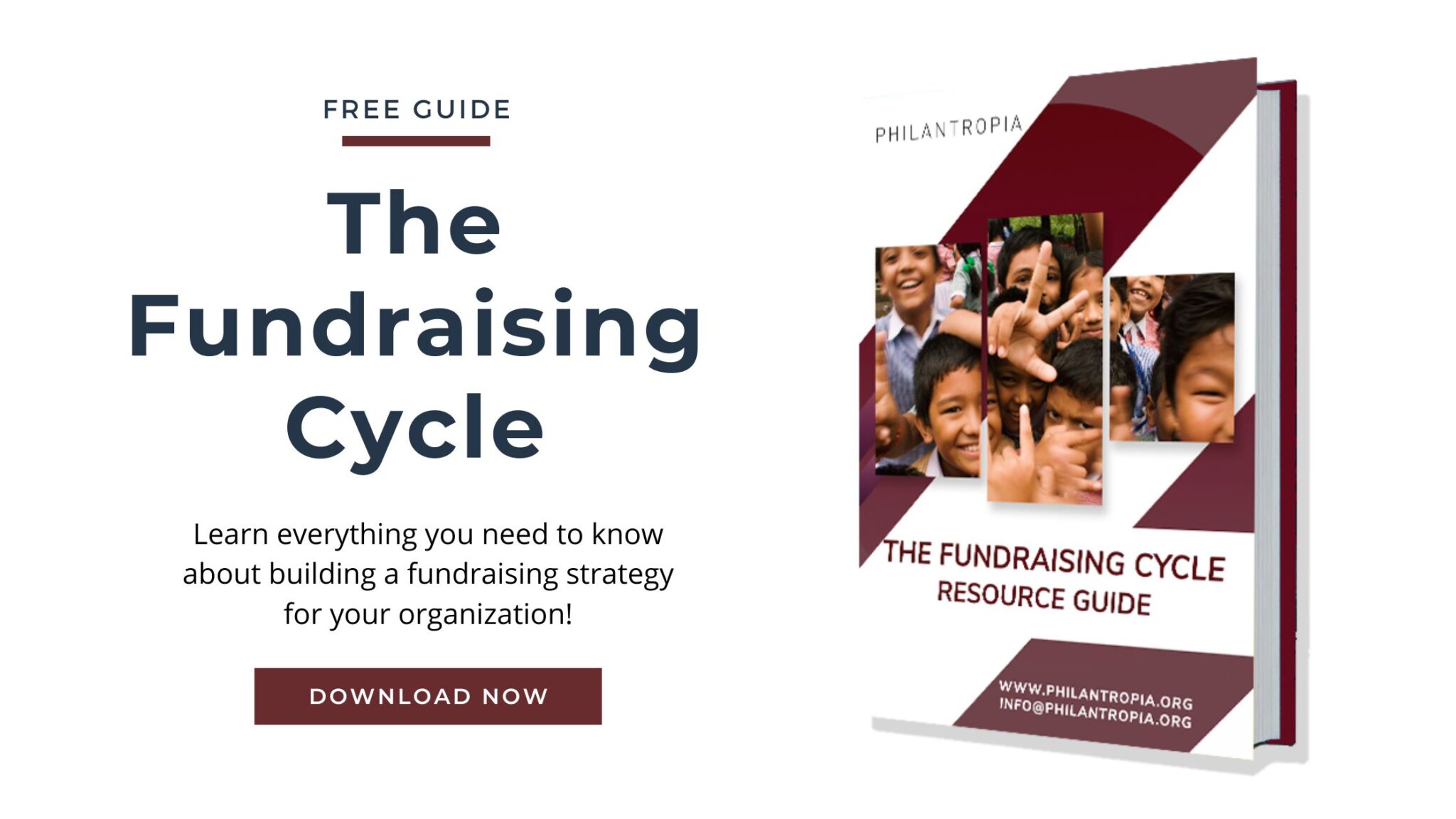Participatory Learning and Action is a participatory method from the field of action research. It basically is a combination of different approaches and methods to learn about and engage with communities. It is used mostly in the context of rural development but recently has been applied in urban contexts as well.
There is no clear definition of the approach, as it is more like a toolset and encompasses many different methods. It can be implemented in a different way depending on the circumstances. The main characteristic is that with this approach, researchers or project agents try to learn with their target group. They try to engage them in every step of the action instead of looking down on them. It is a unique way to let the people who are the key stakeholders of projects or programs play a defining role in planning and implementing the actions. It also is a great way to make the best use of local knowledge. Local people are engaged in all stages of the intervention and their voices are heard.
The methods used during the Participatory Learning and Action approach differ from case to case, but can include:
- Interviews
- Focus group discussions
- Observation
- Participatory mapping
- Developing timelines
- Transect walks
As you can see, the focus of these methods is to engage the target group and learn with them. It does not want to extract knowledge and take it away from the community. In the ideal case, Participatory Learning and Action is used for the planning, implementation, and evaluation of a project.
How can I use Participatory Learning and Action for my proposal?
Participatory Learning and Action is an advanced tool for project planning, implementation, and evaluation. Only if your organization has the resources, expertise and time available does it makes sense to base an entire project or program on it. But even if you are not able to use the entire concept, you can take some inspiration from it. Participatory cartography, for example, is a great way to learn a lot about your target community and their needs and priorities. On a transect walk, you can also learn a lot about the local conditions. And even if you cannot apply the methodology as a whole, you should internalize its basic concept: beneficiaries are your partners and you should meet them, their knowledge, and their needs at eye-level.





Hi eva: . I run a small non profit and my projects are focused on not more than 300 people. do i need PLA for project planning
Hi Sarita,
if your donor does not request is specifically, you normally do not need to conduct PLA for a small scale project. You can take some inspiration for participatory approaches though to include your beneficiaries more in the planning phase! Here are a couple of more tips about participator methods that might be useful for you:
http://helpfindschool.com/prop/proposals/what-are-participatory-methods/